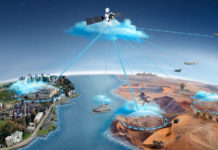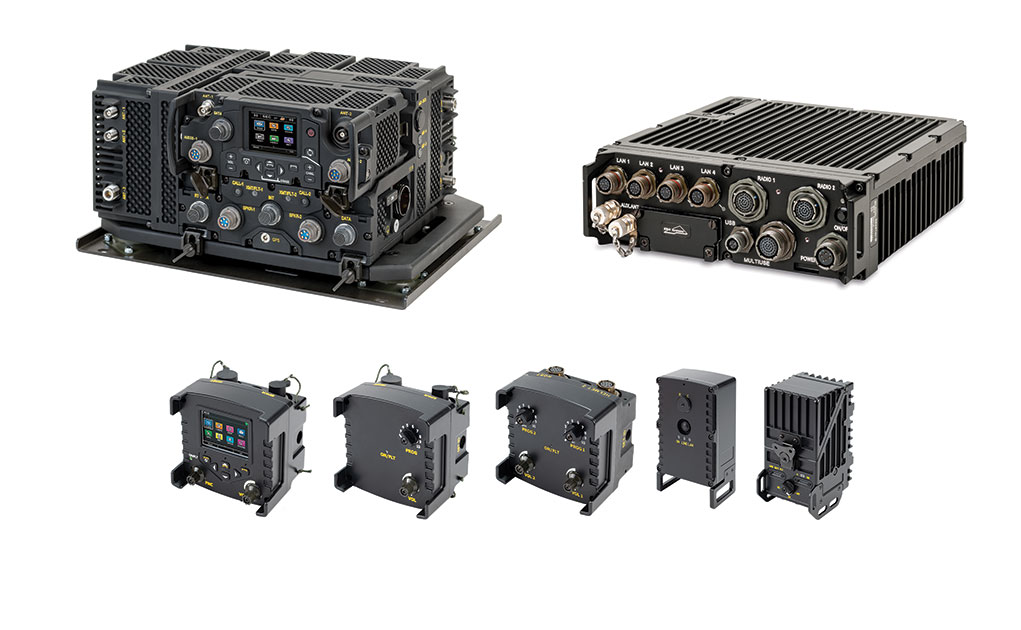Wireless Local Area Network (WLAN), also known as Wi-Fi (short for Wireless fidelity) are shard by communications equipment following the various versions of the IEEE 802.11 standard implemented at the 2.4Ghz (unlicensed) frequency band uses Direct Sequence Spread Spectrum (DSSS) to support data transfer at 1, 2, 5.5 and 11 Mbps. Such networks are providing wireless connectivity for various computing devices such as laptop computers, Personal Digital Assistants (PDA), digital camera, and even desktop PCs equipped with a wireless network adapter. Future JTRS radio will support waveforms to seamlessly connect with 802.11 standard devices.
Wi-Fi equipped devices can establish an ad-hoc network, when grouped at close range or be served from a “hot-spot” service point, located at a central area. Typical coverage of such access point is 45 m (150 ft) indoors and 90 m (300 ft) outdoors. To perform at higher data rates and at longer range, especially in difficult terrain, systems use dual diversity antennas (two or four antenna arrays) and radio amplifiers and directional antennas, coverage can be extended to several kilometers, over line of sight connections.
WLAN technologies are widely used for military applications, primarily in vehicular applications, command posts, ad-hoc networking for special forces and small teams using “Personnel Role radios” (PRR) . Future applications are currently evaluated, including the use of Wi-Fi communications to communicate between team members, deploying integrated Infantry Combat Suits. Other applications include the networking of unattended ground sensors for surveillance, force protection and intelligence gathering.



















